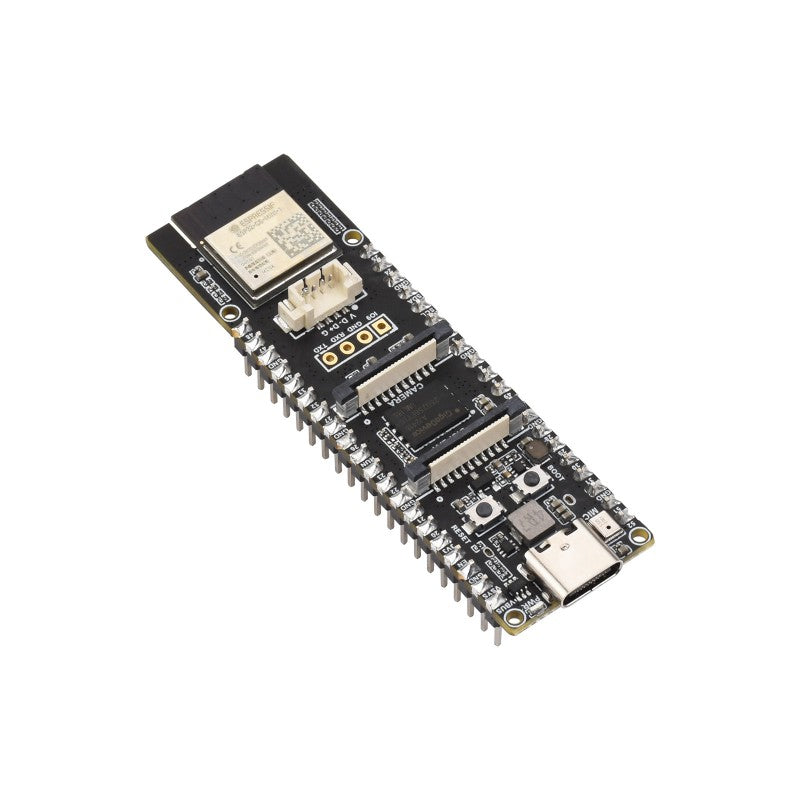WaveShare
ESP32-P4-WIFI Development Board
ESP32-P4-WIFI Development Board
SKU:E01015-001
• Shipping cost, 29AUD for order < 120AUD
• Shipping cost, free for order up to 120AUD
• Delivery, estimate 12~21 days
In stock
Couldn't load pickup availability
Documents
• Download schematicView full details





Product Overview
This product is a multimedia development board based on ESP32-P4 with integrated ESP32-C6, supports Wi-Fi 6 and Bluetooth 5 wireless connection. It features rich Human-Machine interfaces, including MIPI-CSI (with integrated Image Signal Processor), MIPI-DSI, SPI, I2S, I2C, LED PWM, MCPWM, RMT, ADC, UART, TWAI, etc. Additionally, it supports USB OTG 2.0 HS, and onboard 40PIN GPIO header which is compatible with some Raspberry Pi Pico HATs, enabling a wider range of application adaptability.
The ESP32-P4 adopts a 400MHz dual-core RISC-V processor and supports up to 32MB PSRAM, featuring USB 2.0, MIPI-CSI/DSI, H.264 encoder, and other peripherals, meeting the needs for low-cost, high-performance, and low-power multimedia development. It also integrates the Digital Signature Peripheral and a dedicated Key Management Unit, ensuring secure data and operations. Specifically designed for high-performance and high-security applications, the ESP32-P4-WIFI6 meets the requirements of Human-Machine interaction, efficient edge computing, and IO expansion.
Key features include:
- High-performance MCU with RISC-V 32-bit dual-core and single-core processors
- 128 KB HP ROM, 16 KB LP ROM, 768 KB HP L2MEM, 32 KB LP SRAM, 8 KB TCM
- Powerful image and voice processing capability. Provides image and voice processing interfaces including JPEG Codec, Pixel Processing Accelerator, Image Signal Processor, H264 encoder
- 32MB PSRAM in the chip's package, with onboard 32MB Nor Flash
- Commonly used peripherals such as MIPI-CSI, MIPI-DSI, USB 2.0 OTG, SDIO 3.0 TF card slot, microphone, and speaker header, etc.
- Adtaping 2*20 GPIO headers with 27 x remaining programmable GPIOs
- Security features: Secure Boot, Flash Encryption, cryptographic accelerators, and TRNG. Additionally, hardware access protection mechanisms help to enable Access Permission Management and Privilege Separation








